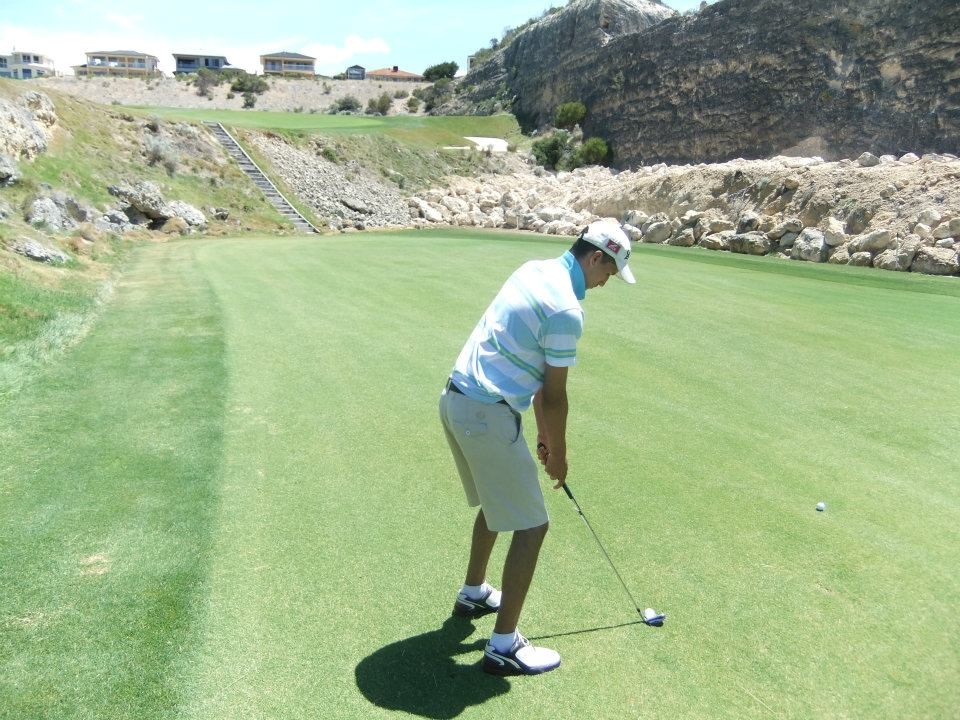Golf is a sport that demands precision, control, and a surprising amount of physical exertion. While it may not seem as physically intense as other sports, golfers are prone to a variety of injuries, particularly due to the repetitive nature of the swing and the physical demands of walking the course. Here, we’ll explore some common golf injuries, including low back pain, hip pain, side strain, and elbow pain, and provide a physiotherapist’s perspective on treatment and management to help you stay on the course.
Low Back Pain
Causes: Low back pain is one of the most common complaints among golfers. The golf swing involves a significant amount of twisting and bending, which can put a lot of stress on the lower back. Poor swing mechanics, lack of flexibility, and weak core muscles can exacerbate this issue.
Treatment and Management:
- Strengthening Exercises: Focus on strengthening the core muscles, including the abdominals, obliques, and lower back muscles. Exercises like planks, bridges, and bird-dogs can be very effective.
- Flexibility Training: Incorporate stretching routines that target the lower back, hamstrings, and hip flexors. Yoga and Pilates can be particularly beneficial.
- Proper Swing Mechanics: Work with a golf coach to ensure your swing mechanics are correct. This can help reduce unnecessary strain on your lower back.
- Rest, Recovery and Rehabilitation: If you experience acute pain, take a break from golfing, apply ice to reduce inflammation and make an appointment to see your Physiotherapist for advice and treatment. Gradually return to the sport as your pain subsides.
Hip Pain
Causes: Hip pain in golfers is often due to the rotational forces involved in the swing. This can lead to conditions such as hip bursitis and labral tears
Treatment and Management:
- Strengthening and Conditioning: Strengthen the muscles around the hip, including the glutes, hip flexors, and adductors. Exercises like squats, lunges, and hip bridges are beneficial.
- Stretching: Regularly stretch the hip flexors, hamstrings, and glutes to maintain flexibility and reduce tension.
- Modify Activity: If hip pain persists, consider modifying your activity. This might include reducing the number of rounds you play or adjusting your swing technique.
- Professional Assessment: Consult a physiotherapist for a thorough assessment and personalized treatment plan. They may recommend specific exercises or manual therapy techniques to alleviate pain.
Side Strain
Causes: Side strain, or oblique strain, occurs when the muscles on the side of the abdomen are overstretched or torn. This injury is common in golfers due to the twisting motion of the swing.
Treatment and Management:
- Rest: Allow time for the muscle to heal by taking a break from golfing. Avoid activities that exacerbate the pain.
- Ice and Compression: Apply ice to the affected area to reduce swelling and use a compression bandage to support the muscle.
- Gradual Return to Activity: Once the pain subsides, gradually return to golfing. Start with gentle swings and progressively increase the intensity.
- Strengthening Exercises: Strengthen the oblique muscles with exercises like side planks and resisted trunk rotation to prevent future injuries.
Elbow Pain
Causes: Elbow pain, often referred to as golfer’s elbow (medial epicondylitis), is caused by inflammation of the tendons that attach to the inner part of the elbow. This condition is typically due to overuse and repetitive stress.
Treatment and Management:
- Rest and Ice: Rest the affected arm and apply ice to reduce inflammation. Avoid activities that aggravate the pain.
- Strengthening and Stretching: Strengthen the forearm muscles with exercises like wrist curls and reverse wrist curls. Stretch the forearm muscles regularly to maintain flexibility.
- Proper Equipment: Ensure your golf clubs are the correct size and weight for you. Using the wrong equipment can increase the risk of injury.
- Physiotherapy: A physiotherapist can provide specific exercises and manual therapy techniques to alleviate pain and promote healing.
Conclusion
Golf injuries can be frustrating, but with the right approach to treatment and management, you can stay on the course and enjoy the game you love. Strengthening exercises, flexibility training, proper swing mechanics, and professional guidance are key to preventing and managing these common injuries. If you experience persistent pain, don’t hesitate to seek help from a physiotherapist who can provide a tailored treatment plan to get you back in the game. Happy golfing! ️

